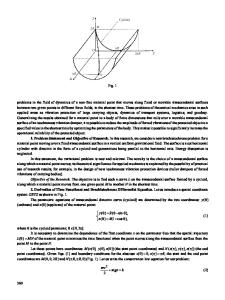Effect of wetsuit outer surface material on thermoregulation during surfing
- PDF / 1,061,636 Bytes
- 8 Pages / 595.276 x 790.866 pts Page_size
- 80 Downloads / 317 Views
ORIGINAL ARTICLE
Effect of wetsuit outer surface material on thermoregulation during surfing Carly Smith1 · Maya Saulino1 · Kara Luong1 · Morgan Simmons1 · Jeff A. Nessler1 · Sean C. Newcomer1
© International Sports Engineering Association 2020
Abstract While some research does exist on wetsuit thermoregulation, there is currently a paucity in the literature describing how various types of neoprene materials affect skin temperatures. The purpose of this study was to test the hypothesis that the slick neoprene would lead to higher skin temperatures in comparison to the jersey material. Participants wore a custom wetsuit with the torso made of half slick and half jersey neoprene materials (n = 78). Participants either participated in one of two field studies or engaged in a simulated surfing session in a flume after sunset, where the influence of direct sun exposure was eliminated. In the field, participants wore four thermistors placed on either side of the chest and the upper back (n = 27) or the abdomen and the lower back (n = 31). Skin temperatures were measured across typical surfing sessions. In the laboratory, the participants (n = 20) wore all eight sensors in the anatomical locations described above, and skin temperatures were recorded across a simulated surfing session. In the field study, the mean skin temperatures under the slick neoprene were significantly higher when compared to the jersey neoprene for the upper chest (p
Data Loading...











